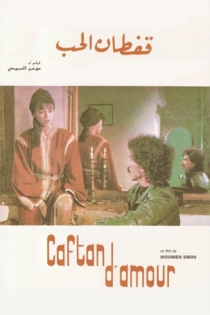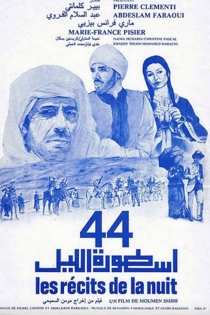
Moumen Smihi
1945 (79 лет)A Muslim Childhood
Moumen Smihi
Abdesslam Begdouri, Issam Fiyache
This film, the first in what has become a semi-autobiographical trilogy for Smihi, follows the everyday experiences of Mohamed-Larbi Salmi against the changing Moroccan society. In 1950s Tangier, Larbi Salmi is a young, timid, pre-teen, boy, trying to make sense of the gentle religious upbringing of his father, the secular education offered him in French school, and his budding desires for the forbidden pleasures of the cinema and the women he meets through it.
A Muslim Childhood

Si Moh, pas de chance
Moumen Smihi
Shot in Paris after Moumen Smihi completed film school, Si Moh, pas de chance is an investigation into the lives of migrant workers in France. Connected back to the Maghreb by postcards and to his fellow migrants by shared experiences of alienation, the character Si Moh negotiates the industrialized suburbs of Paris as the subject of Smihi’s intimate camera.
Si Moh, the Unlucky Man
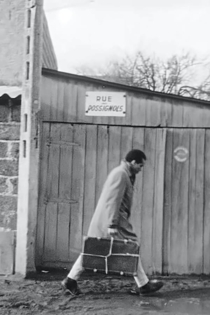
El Chergui
Moumen Smihi
Ahmed Boda, Aicha Chari
Set in the mid-1950s when Tangier was still an international zone, El Chergui presents the city on the eve of its independence, as Aïcha resorts to magical practices to try to prevent her husband from taking a second wife. Around her, a society of women creates its own form of active resistance even as the larger independence movement grows around it. Through his unique use of montage, Smihi creates arresting images that present a society torn by the contradictions of colonialism, religion, patriarchy, and resistance. (Block Cinema)
The East Wind
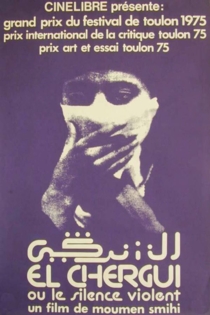
Waqa'i maghribia
Moumen Smihi
Aïcha Mahmah, Tarik Jamil
In Moroccan Chronicles, set in the ancient city of Fez, a working class mother, abandoned by her husband who has emigrated to Europe, tells three tales to her just-circumcised ten-year-old son. In the first, Smihi re-stages the Marrakech market scene from Hitchcock’s The Man Who Knew Too Much, in which a monkey trainer makes children dance for tourists. In the second, two lovers meet on the ramparts of Orson Welles’s Essaouira locations for Othello and speak of their own forbidden love. And in the third, set in Smihi’s home town of Tangier, an old sailor dreams of vanquishing a sea monster: the Gibraltar ferry that connects Europe to Africa.
Moroccan Chronicles
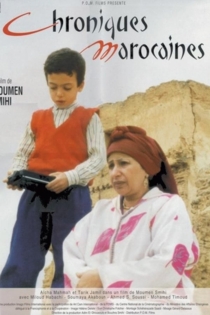
La dame du Caire
Moumen Smihi
Ezzat El Alaili, Layla Olwy
In 1990, Moumen Smihi briefly re-located to Cairo in order to work in the shadow of one of the world’s largest commercial film industries. The film that resulted from his Cairo sojuourn is a complex, painterly critique of the Egyptian musical and cinema star system. At the same time, the film shows the divergent states of possibility or despair faced by men and women within a changing Egyptian society. Smihi’s film plays out over thirty years and the events of the Nasserite years and the Palestine / Israel conflict become integral to the narrative. By blending newsreel footage with his own lush cinematography, Smihi creates a complex portrait of contemporary Egyptian society in the post-war years.
The Lady from Cairo

